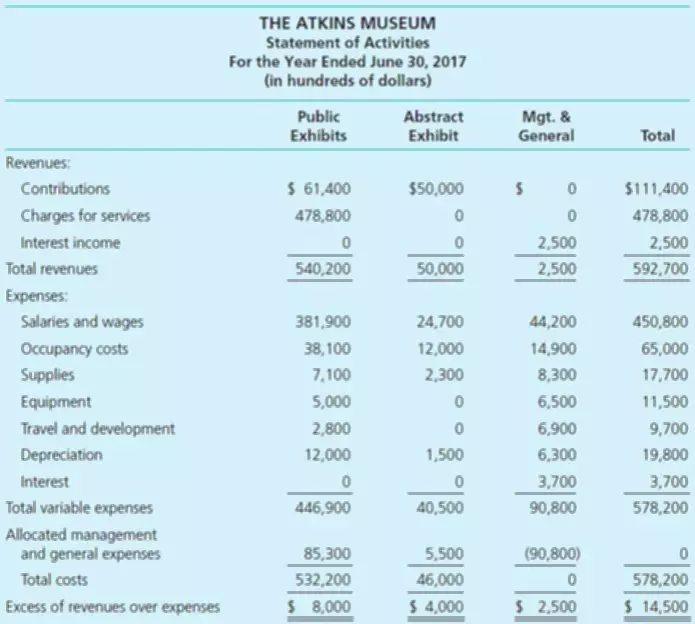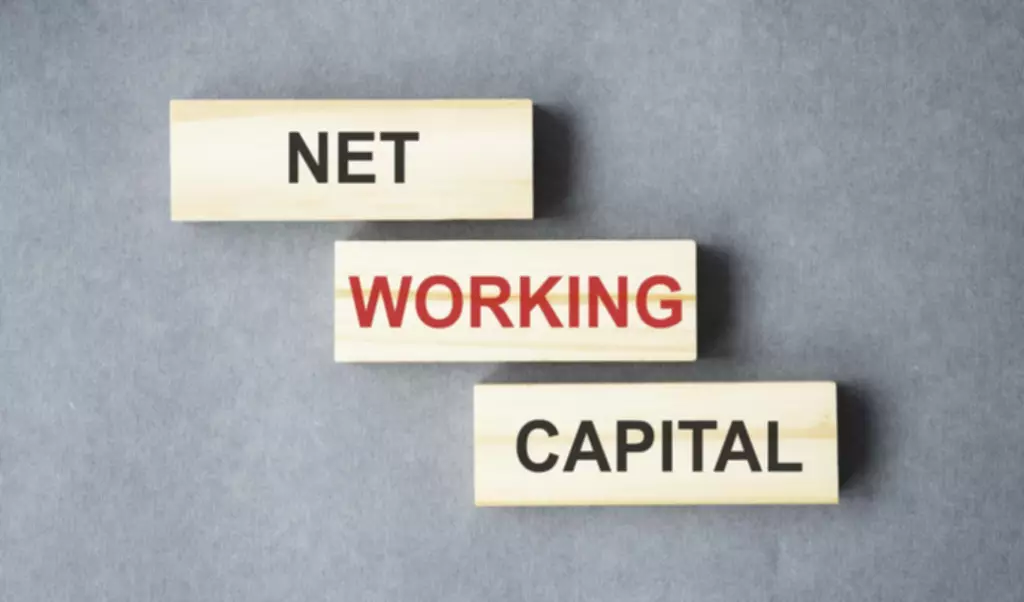Change in Net Working Capital Formula Calculator Excel Template
Content

If either sales or COGS is unavailable, the “days” metrics cannot be calculated. When this happens, it may be easier to calculate accounts receivables, inventory, and accounts payables by analyzing the past trend and estimating a future value. If a company obtains a long-term loan to replace a current liability, current liabilities will decrease but current assets do not change. A statement of changes in working capital is prepared by recording changes in current assets and current liabilities during the accounting period. Changes in net working capital can have significant implications for a company’s financial health. For example, if a company experiences a positive change, it may have more funds to invest in growth opportunities, repay debt, or distribute to shareholders.
What would cause a change in working capital?
Change in the working capital is the change in net working capital of the company from the one accounting period when compared with another accounting period. Changes in working capital will occur when either current assets or current liabilities increase or decrease in value.
The Change in Working Capital could be positive or negative, and it will increase or reduce the company’s Cash Flow depending on its sign. But you can’t just look at a company’s Income Statement to determine its Cash Flow because the Income Statement is based on accrual accounting. That explains why the Change in Working Capital has a negative sign when Working Capital increases, while it has a positive sign when Working Capital decreases. Generally, companies like Walmart, which have to maintain a large inventory, have negative working capital.
Part 6: Wait, Why Don’t the Cash Flow Statement and Balance Sheet Figures Match?!!
Earlier we described strategies for optimizing working capital by managing your accounts payable, accounts receivable and inventory. If you collect your receivables quickly, take a longer time to pay, and minimize your inventory, you can grow your business without needing more cash. This ratio indicates that the company has sufficient working capital to cover operations. Knowing the difference between working capital and non-cash working capital is key to understanding the health of your cash flow and the liquidity of your current assets and obligations. Working capital is a financial metric calculated as the difference between current assets and current liabilities.

Conceptually speaking, net working capital shows us how much money is being sunk into running the business on a day to day basis that is not being represented on the income statement. Conversely, retailers often delay payments to suppliers until the products they offer are sold. Inventory turns generate working capital, minimizing their need for third-party financing. You need it to fund daily business operations, cover expenses, and finance business expansion. Few companies may be able to capture revenues immediately and delay payments to suppliers for months. Those who can, however, optimize their working capital for competitive advantage.
Internal Financial Management
Company A has current assets of $1 million and liabilities of $500,000. •Provides investors with an idea of the company’s underlying operational efficiency and its short-term financial health. Several financial ratios are commonly used in working capital management to assess the company’s working capital and related factors. Calculating the change in net working capital is simple enough.
- On that day, the beer company made a sale and invoiced the restaurant.
- In such circumstances, the company is in a troubling situation related to its working capital.
- Whether or not this is a good thing will depend on the industry.
- However, if you did not have enough cash in your business to pay for the raw materials, that $100,000 change in net working capital is going to stay negative until you pay off your financing.
- •Similar to working capital, measures the ability to meet short-term liabilities.
On the other hand, the answer will be in the form of amount. For eg, current assets and liabilities are $50,000 and $30,000. The current ratio comes out to be 1.67 and the working capital comes to be $20,000. Negative working change in net working capital capital means assets aren’t being used effectively and a company may face a liquidity crisis. Even if a company has a lot invested in fixed assets, it will face financial and operating challenges if liabilities are due.
